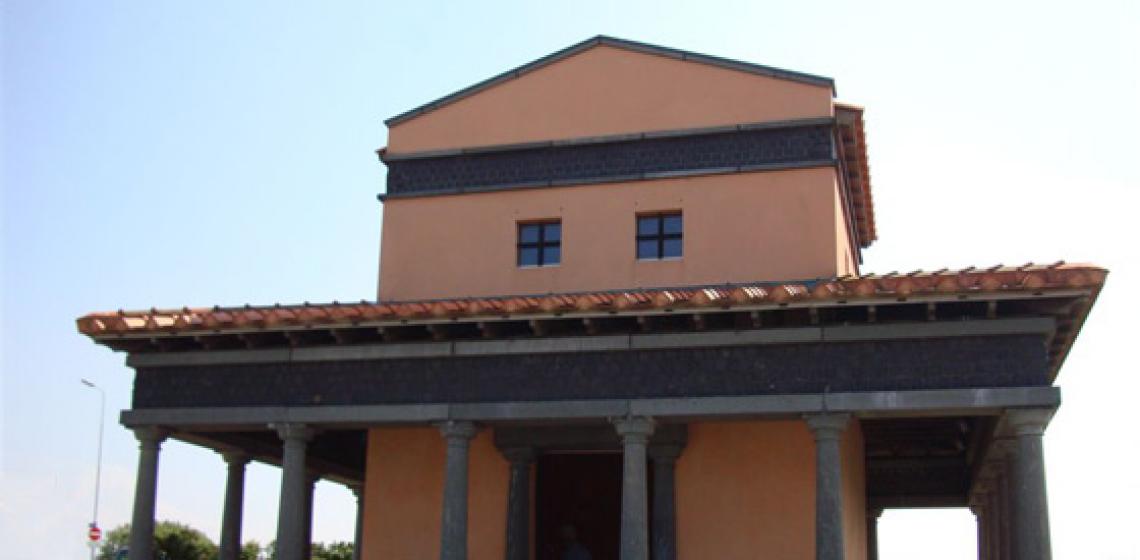Nehalennia Temple (NL)

Early 1970, the Dutch fisherman Mr. Bout raised a few pieces of sandstone from the sea bed. These showed Roman inscriptions: “to the Goddess Nehalennia, Marcus Agricola, citizen of Trier, salt merchant in Cologne has fulfilled his promise, with pleasure and with reason.” Later that year it became clear, there is talk of an area 400 x 400 metres at 25 metres depth with a Roman temple and more.
Strung currents make diving difficult. So far, about 300 altars have been brought to the surface as well as a large number of Roman utensils and parts of buildings.
Most of the stone was quarried in Northeast France, some in the Eiffel. The altars are about 50-100 centimetres tall, 20-55 centimetres wide and 10-30 centimetres thick. The larger and more expensive ones carry not only an inscription but figures as well. Absolute dated are four altars: between 188 and 227 AD. Nehalennia was a non-Roman local Goddess of which very little is known. The altars were made as ‘exchange’ for a safe passage across the North Sea between England and the harbour of Ganuenta, near present day Colijnsplaat. Those sacrificing these were soldiers or trades people in salt, fish sauce (garum), ceramics or wine.
1996, a number of people sat together to design a historical landmark, a memorial for this unknown part of Roman history. This memorial got the shape of a Roman temple which can be visited in the yacht harbour of Colijnsplaat. Although the plans were part of celebrating 400 years of Colijnsplaat in 1998, the official opening took place in 2005. The site is only 500 metres away from its predecessor. The building has both a scientific and a spiritual touch but is first and foremost a memorial of times gone by. It is built, following Celtic measures but at the same time is an unorthodox piece of architecture. The site was built with EU help and that of local entrepreneurs, but is kept in shape by ‘Stichting Nehalennia te Colijnsplaat’.
The site is visited by for example school groups and spiritually interested, but the number of organised visits is limited. The temple is usually only accessible after appointment. One can book a visit with “Pimpeus Maximus” who will tell you with passion about the interesting days of the Romans here.
